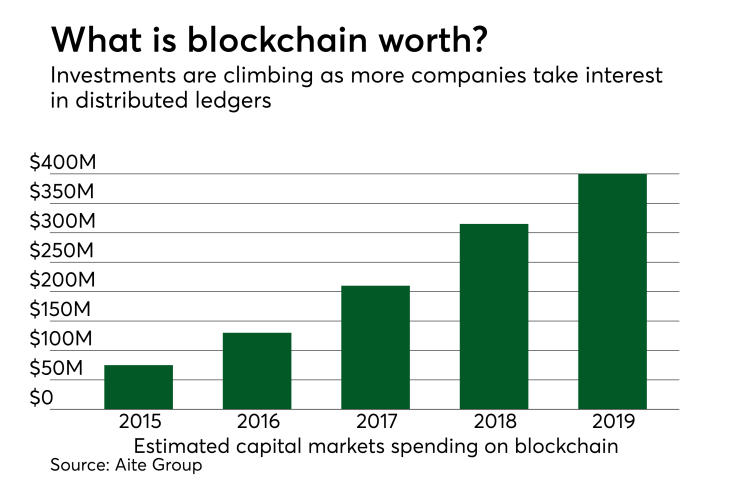These are uncertain times for the health care industry. With the Affordable Care Act in jeopardy, premiums rising and an estimated 44 million people in the United States still without health insurance, the general public is calling for a change in the status quo.
Thankfully, recent advancements in blockchain technology are seeking to do just that, streamlining efficiencies by making health care an achievable and cost-efficient reality for all.
For patients, it’s the immutability and interoperability across institutional and geographic boundaries that’s perhaps the most attractive attribute of blockchain technology.

Once placed on the decentralized ledger, patient data can be viewed by hospitals in any participating jurisdiction, city or country. The potential here is boundless. Imagine that you’re hurt in a foreign country and need medical assistance, but lack the medical records required to paint a detailed picture of your condition (e.g., family history, allergies and prior treatment). Using blockchain technology, the hospital could pull the patient's health care record at the touch of a button — all with no centralized barriers or compromised data.
And when it comes time to pay the bill, blockchain technology can make it easier to validate a patient's HSA information, for example — helping speed along the process despite the traditional data validation hurdle they may face otherwise in this situation.
In the pursuit of substantive health care reform, blockchain technology will play an important role in quelling misconceptions about the sometimes vulnerable state of security for health care records in the United States. For years, data privacy laws have presented key roadblocks for industry experts looking to digitize patient files.
And while
Blockchain technology, however, doesn’t exist on a centralized database, meaning that it’s a more elusive target for hacking events. Instead of being placed on a singular server, which can be easily pinpointed, information placed on a blockchain is distributed across all participating servers in the network, creating a web of computing power that is far more secure and efficient than its counterparts. With more security, health care professionals will feel more comfortable accepting blockchain technology into their daily operations, which will ultimately speed up processing times, increase accuracy and lower the possibility of a data breach.
The technology can also be used to accurately select patients for clinical trials. With heightened access to in-depth data, medical professionals will be able to make informed decisions about their test pool, ensuring that the patients selected are not only the most fit for treatment, but are also the most in need. By simultaneously increasing efficiency and accuracy, medical professionals have the ability to save lives, as well as time and money. It’s a win-win scenario. The patient receives better care, while the hospital creates a more cost-efficient environment.
Admittedly, it will take a long time before blockchain technology will be the process of choice for hospitals around the world. However, its value is already being labeled by medical professionals as the next frontier in health care innovation. According to





